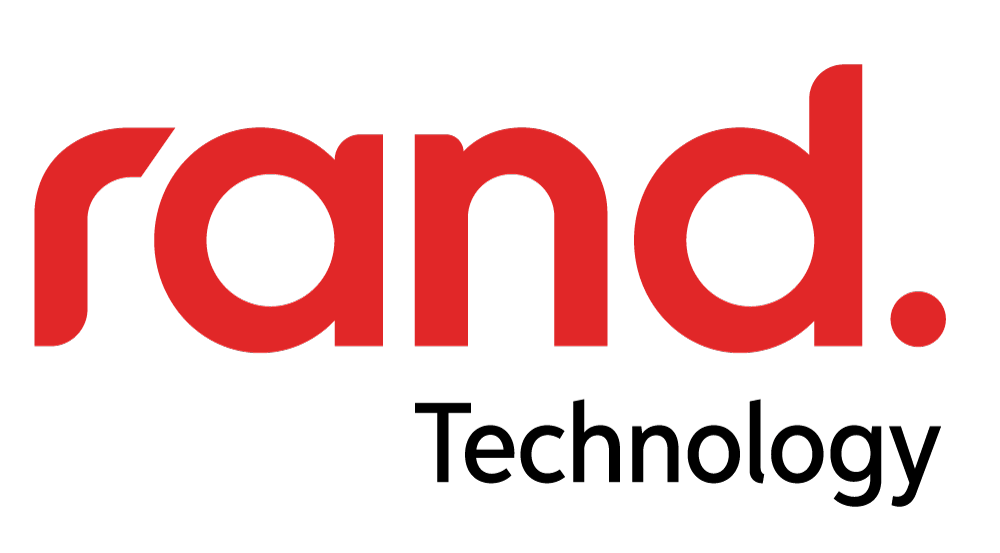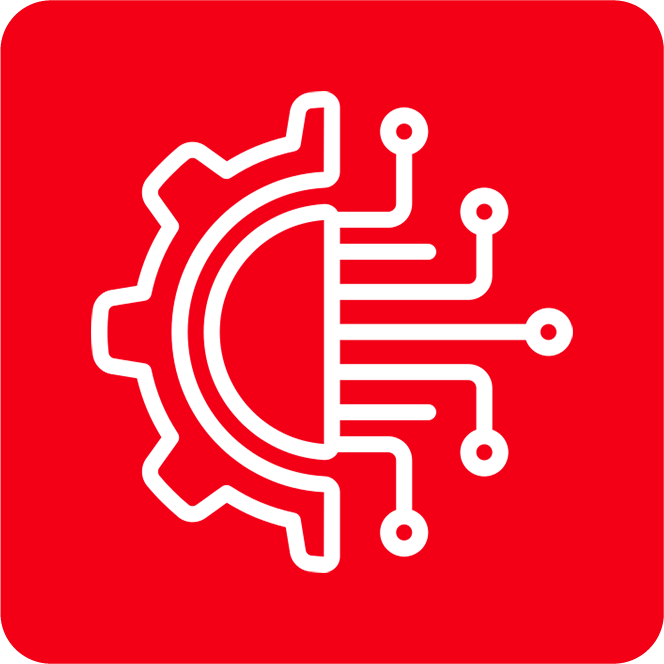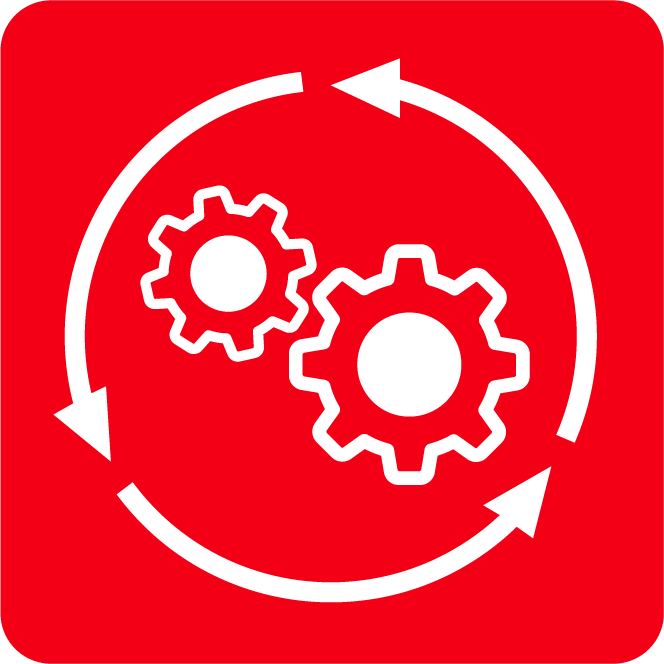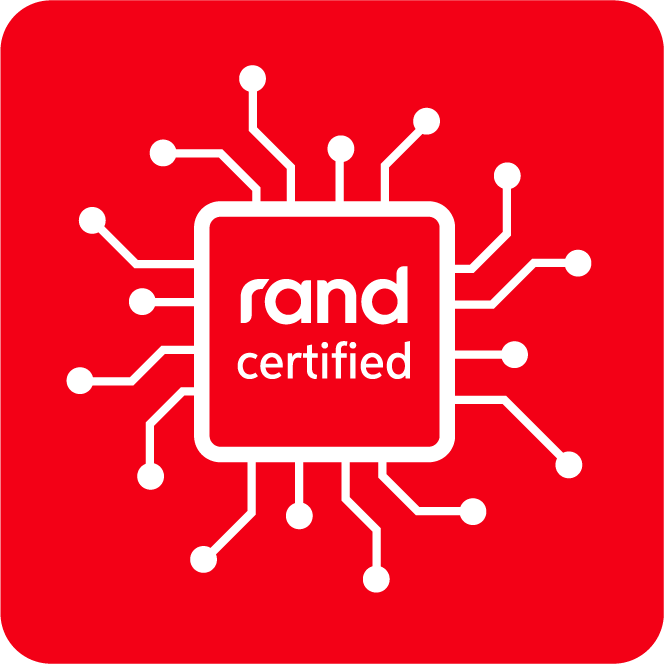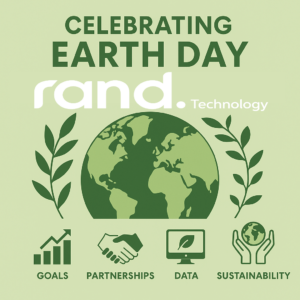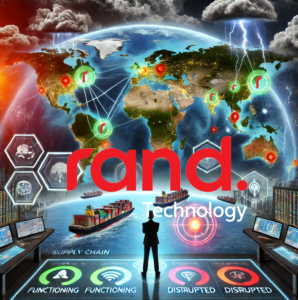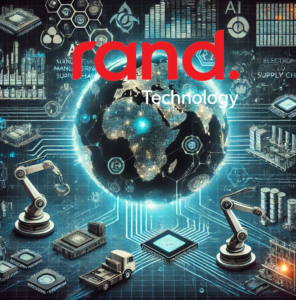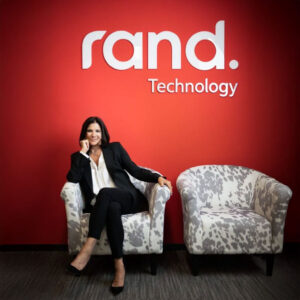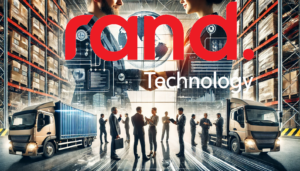Why Relationships Still Rule in a Data-Driven World
In an era of automation, artificial intelligence, and data-driven decision-making, it’s easy to assume that supply chains have become purely transactional. Algorithms predict demand, software optimizes inventory, and analytics drive procurement decisions. However, beneath all the technology, supply chains are still fundamentally built on relationships—and those relationships can mean the difference between resilience and disruption.
The best supply chain leaders understand that technology is a tool, but trust, collaboration, and human connection are what truly power a successful operation.
As Kyle Miller, Director of North American Sales at Rand Technology, puts it:
“No matter how advanced our systems become, business is still done between people. A strong relationship with a supplier or customer can mean the difference between securing critical inventory in a crisis or being left scrambling.”
In this blog, we’ll explore how relationship-driven supply chains create efficiency, reduce risk, and foster long-term success—even in a world increasingly dominated by automation.
1. The Human Element: The Foundation of a Resilient Supply Chain
At its core, supply chain management is about trust and collaboration. While technology can streamline processes, it cannot replace the intuition, problem-solving, and commitment that come with strong human relationships.
When companies build deep relationships with suppliers, manufacturers, and logistics partners, they create a network of trusted allies—one that prioritizes reliability, transparency, and mutual success over short-term gains.
Consider the impact of a strong supplier relationship in times of crisis:
- During semiconductor shortages, companies with strong, long-term partnerships could secure inventory, while those relying purely on transactional sourcing struggled.
- In geopolitical disruptions, businesses with trusted logistics partners found alternative shipping routes faster than competitors.
- When quality issues arise, a supplier with a strong relationship will often prioritize solving the problem rather than shifting blame.
“A supply chain is only as strong as the relationships behind it,” says James Hill, COO of Rand Technology. “When you have real partnerships, not just vendors, you can anticipate challenges, respond faster, and find solutions that work for everyone.”
2. Efficiency Through Relationship-Driven Collaboration
Efficiency in the supply chain isn’t just about automation—it’s about communication, shared goals, and proactive problem-solving. When relationships are strong, operations run smoother.
Here’s how human connection enhances supply chain efficiency:
A. Faster Issue Resolution
When things go wrong (and they will), strong relationships allow for faster and more transparent solutions. If a supplier delays a shipment or sends an incorrect order, trusted partners can work collaboratively to resolve the issue rather than engage in blame games.
B. Flexibility and Adaptability
Supply chains face constant disruption, from natural disasters to global shortages. When relationships are strong, suppliers are more willing to adjust terms, find alternative solutions, and work outside standard procedures to ensure continuity.
C. Reduced Costs Through Strategic Partnerships
Rather than constantly renegotiating contracts and chasing the lowest price, businesses with strong supplier relationships benefit from preferred pricing, reliability, and long-term cost savings.
“Transactional partnerships focus on cost-cutting, but real partnerships focus on long-term value,” says Kyle Miller. “When you invest in relationships, you don’t just save money—you gain a competitive edge.”
3. The Role of Trust in Risk Mitigation and Crisis Management
A relationship-driven supply chain is not just more efficient—it is also more resilient.
Businesses can navigate crises with greater agility and confidence when a trusted network is in place.
Consider these examples:
A. Supply Chain Disruptions
- During the COVID-19 pandemic, companies with strong supplier relationships could negotiate alternative supply routes and secure essential materials faster than those relying on transactional engagements.
- When port congestion caused massive delays, businesses with trusted logistics partners had access to priority shipments and alternative routing options.
B. Counterfeit and Quality Risks
The risk of counterfeit components is high in industries like electronics and semiconductors. Suppliers with long-standing, trust-based relationships with manufacturers are less likely to engage in risky sourcing.
“When you know who you’re working with, you know what you’re getting,” says James Hill. “Relationships ensure accountability, and accountability ensures quality.”
C. Regulatory Compliance and Ethical Sourcing
Governments and industry bodies are imposing stricter compliance requirements on global supply chains. Companies that have strong relationships with suppliers can ensure compliance with regulations like:
- The CHIPS Act (for domestic semiconductor manufacturing)
- ISO 9001, AS9120, and AS6081 certifications (for quality assurance)
- ESG and sustainability initiatives (for ethical sourcing and environmental impact)
Without relationships built on trust, compliance becomes a guessing game.
4. The Future of Supply Chains: A Hybrid Approach
While AI, automation, and predictive analytics transform supply chains, they should be viewed as enhancements—not replacements—for human relationships.
The best supply chains of the future will combine technology-driven efficiency with relationship-driven resilience.
How Companies Can Balance Tech and Human Connection
- Use AI for data-driven decision-making, but rely on human intuition to build strategy.
- Leverage automation for transactional tasks, while fostering human relationships for strategic decision-making.
- Invest in supplier development rather than constantly switching to the lowest-cost provider.
“Technology is an enabler, but people are the drivers of success,” says Kyle Miller. “The companies that recognize this balance will be the ones that thrive in the future.”
5. Building a Relationship-Driven Supply Chain: Key Takeaways
Businesses must prioritize relationships within their supply chain if they want to enhance efficiency, reduce risk, and ensure long-term success.
Here are three key takeaways:
- Prioritize Partnerships Over Transactions
- Build long-term, trust-based relationships instead of constantly switching suppliers for short-term cost savings.
- Invest in Communication and Collaboration
- Strong relationships reduce misunderstandings, increase transparency, and lead to proactive problem-solving.
- Balance Technology with Human Connection
- Companies use AI and automation to improve efficiency but never replace the human element that drives trust, loyalty, and resilience.
As businesses navigate an increasingly complex global market, the companies that thrive will be those that understand the power of relationships. Technology will continue to evolve, but the need for trust, partnership, and collaboration will never disappear.
As James Hill wisely puts it:
“In supply chain management, success doesn’t come from technology alone. It comes from knowing that you have people you can count on when challenges arise. Relationships aren’t just an advantage—they’re the foundation of everything.”
The Competitive Advantage of Human Connection
In a world where supply chain disruptions are the norm, the companies that invest in relationships will consistently outperform those that rely solely on transactions.
At Rand Technology, we believe that business is about people. Our partnerships are built on trust, transparency, and a shared commitment to success—because the supply chain is stronger when relationships are strong.
Want to learn more about how Rand’s relationship-driven approach can support your business? Let’s talk.
